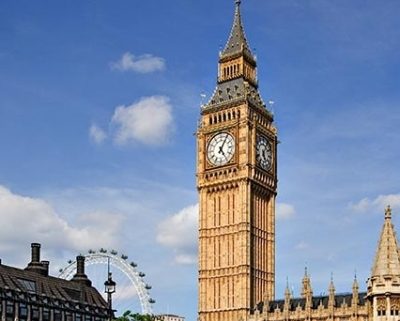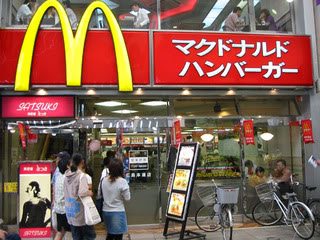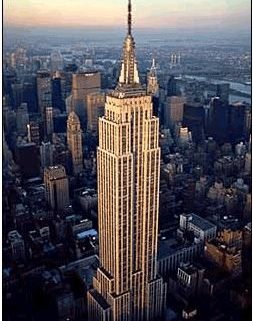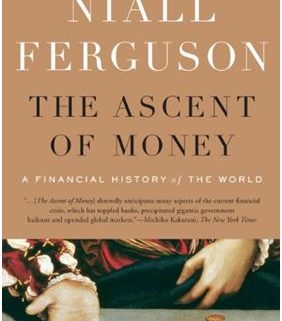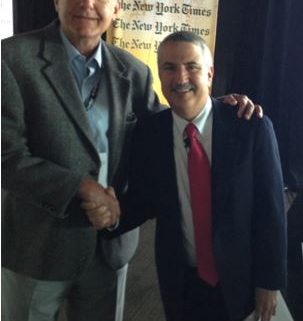In these frenetic, violent, take no prisoners markets I managed to grab a few precious minutes with Mad Day Trader, Jim Parker.? Jim uses a dozen proprietary short-term technical and momentum indicators to give some much-needed guidance in these trying times.
It?s all about the bond market, says Jim. Sell every rally until proven otherwise. After bottoming this morning at $107.76, the long bond ETF (TLT) could run back up to as high as $113, where it will be a great SELL. Followers of the short bond ETF (TBT) should leap at the chance to reload at $71, down from the recent high of $76.
Making trading particularly treacherous this week will be the unusual number of Fed Open Market Committee members opining on their future policies. Several investment houses put out buy recommendations for bonds this morning. But they are all early. Once traders covered their initial shorts in the fixed income space, they never got back in, as the decline was so precipitous, including myself. That means there is enough firepower on the short side to take us all the way to the 2.90%-3.00% range in yield terms.
Jim doesn?t want to go near stocks here, and believes that broad ranges are setting up that will be good for the next two to three months. We tickled the first support level this morning at 1,562, and the following rally should be sold. We may well test 1,530 and 1,440 below, and bounces from there should be sold as well. Apple (AAPL) has to hold $386 to double bottom. If it does, the long side opportunity there will be huge, as this is close to down half from the all time high. Long term players might even get a double.
Parker doesn?t want to touch gold, or the precious metals, with a ten foot pole. Oil (USO) will test the lower end of a $12 range at $85 that has prevailed for the past year, from $85-$97. Copper (CU) might be double bottoming here at $2.95/pound. If it fails, we could lose another 30-40 cents very quickly. Please excuse the mismatch between the ETF?s and the underlying, but time is short. You?ll just have to extrapolate.
The Mad Day Trader will go on sale as a stand-alone product this coming Monday, July 1, my first major upgrade to your service.
While Global Trading Dispatch focuses on investment over a one week to six-month time frame, Mad Day Trader will exploit money-making opportunities over a ten minute to three day window. It is ideally suited for day traders, but can also be used by long-term investors to improve market timing for entry and exit points.
As with our existing service, you will receive ticker symbols, entry and exit points, targets, stop losses, and regular real time updates. At the end of each day, a separate short-term model portfolio will be posted on the website.
The new service will generate long and short-selling signals for a range of widely traded exchange traded funds (ETF?s). These include stock indexes (SPY), bonds (TLT), (TBT), foreign exchange (FXY), (FXE), (FXA), commodities (CU), (CORN), energy (USO), (UNG), and precious metals (GLD), (SLV).
There is also a special focus on the leading hot stocks of the day. This will be followed up with a series of educational webinars that will be an important resource for the serious trader.
I have been following Jim?s alerts for the past five years, and his impeccable market timing has become an important part of the ?unfair advantage? that I provide readers. The time has finally come to offer Mad Day Trader as a stand-alone product.
A trading service with this degree of success and sophistication normally costs $20,000 a year. As a client of The Mad Hedge Fund Trader, you can purchase Mad Day Trader alone for $2,000 a year or $699 a quarter. Or you can buy it as a package together with Global Trading Dispatch, which we call Global Trading Dispatch Pro, for $4,000 a year, a 20% discount to the full retail price.
Existing subscribers to Global Trading Dispatch are invited to upgrade their subscription to include both products. Just send an email to Nancy at customer support at support@madhedgefundtrader.com . Please put ?Mad Day Trader Upgrade? in the subject line.
She will calculate the remaining value of your current subscription and give you a full credit towards the new one-year Global Trading Dispatch Pro subscription. She will then send you instructions on where to send a check. As no two amounts will be the same, our store is unable to handle personalized orders.





